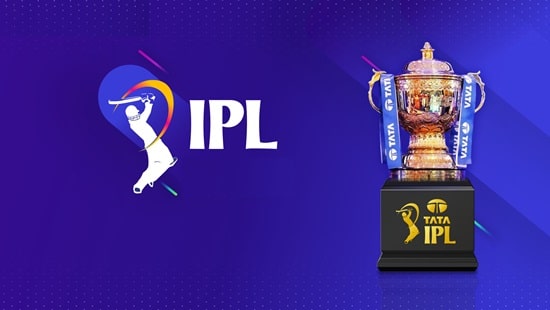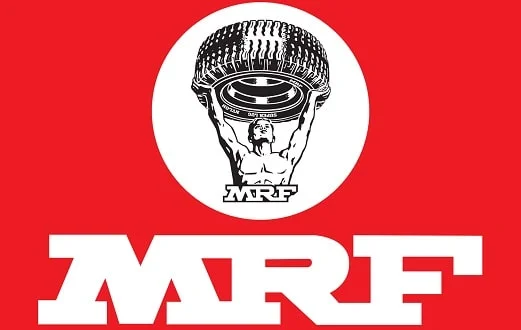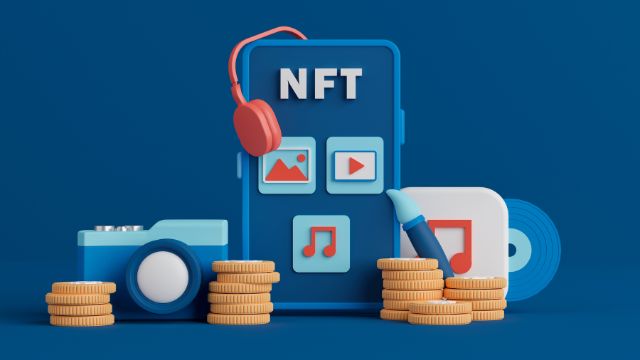The Indian Premier League (IPL) has become one of the most favored and financially rewarding professional Twenty20 cricket leagues on a global scale, captivating millions of fans with its blend of cricketing prowess and entertainment. Beyond the thrill of the matches, the IPL is a prime example of a successful sports business model globally. In this article, we delve into what IPL is, explore its unique business model, and unravel the various revenue streams that contribute to its commercial success.
Understanding the IPL
The Indian Premier League, launched in 2008, is a professional Twenty20 cricket league in India. This league is typically held between March and May each year. What sets IPL apart is its franchise system, where teams representing different cities or regions compete against each other. The league has not only elevated the standard of cricket but has also become a cultural phenomenon, attracting top international players and fervent fanbases. The IPL plays a significant role in the Indian economy, contributing billions of dollars in revenue and generating employment opportunities for thousands of people.
| Aspect | Details |
| Full Name | Indian Premier League |
| Founded | 2007 |
| Headquarters | Mumbai, India |
| Chairman | Arun Singh Dhumal |
| Commissioner | Anil Kumble |
| Format | Twenty20 cricket league |
| Number of Teams | 10 |
| Current Champions | Chennai Super Kings |
| Seasons Played | 16 |
| Most Successful Team | Mumbai Indians (5 titles) |
| Website | https://www.iplt20.com/ |

IPL Business Model Explained
The IPL operates on a franchise-based business model, blending sports, entertainment, and commercial elements. Let’s break down the key components of its business model:
1. Franchise Auctions:
Teams participating in the IPL are sold through a competitive auction process. Franchise owners bid for the rights to own and operate a team for a period of ten years. The auction process itself contributes significantly to the league’s revenue, with teams fetching astronomical amounts based on their popularity, potential for profit, and marketability.
2. Sponsorships and Brand Associations:
The IPL attracts a plethora of sponsors ranging from title sponsors to team sponsors and various other brand associations. Companies vie for the opportunity to be associated with the league, leveraging the massive viewership to enhance their brand visibility. Title sponsorships, in particular, are highly sought after, with brands paying a premium for exclusive naming rights.
3. Broadcasting Rights:
Broadcasting rights constitute a substantial portion of the IPL’s revenue. The league sells these rights to television and digital platforms, ensuring that fans across the globe can tune in to watch the matches. The broadcasting deals are typically negotiated for a specific period, with the value of these deals escalating significantly over the years, reflecting the league’s growing popularity.
In 2022, the rights alone fetched a whopping $5.75 billion for a five-year period! This amount is then shared between the BCCI and the ten IPL franchises.
4. Merchandising:
IPL teams capitalize on their fanbases by venturing into merchandising. Team jerseys, caps, and other merchandise are sold to fans, providing an additional revenue stream. The allure of owning a piece of their favorite team’s gear enables fans to deepen their connection with the league, making merchandising a lucrative avenue for both teams and the IPL itself.
5. Ticket Sales and Matchday Revenues:
While ticket sales form a relatively smaller share of the overall revenue, they remain a crucial component, especially for franchises hosting matches in packed stadiums. Matchday revenues include income generated from ticket sales, hospitality packages, and in-stadium advertising, contributing to the financial health of both the league and individual franchises.
6. Fantasy Leagues and Gaming Partnerships:
The rise of fantasy cricket leagues and gaming partnerships has added a dynamic dimension to the IPL’s revenue streams. Gaming platforms collaborate with the league for exclusive rights, creating engagement opportunities for fans.
7. Ground revenue:
Some stadiums generate additional revenue through parking fees, concession sales, and other in-ground activities during matches.
Conclusion:
The Indian Premier League stands as a testament to the successful fusion of sports and business, creating a dynamic ecosystem that benefits franchises, players, sponsors, and fans alike. Its ability to innovate and adapt to changing market dynamics has solidified the IPL as a premier cricketing league and a commercial powerhouse, setting new benchmarks for the sports industry globally. As the league continues to evolve, its business model will likely adapt to leverage emerging trends and maintain its position as a sporting and commercial juggernaut.














